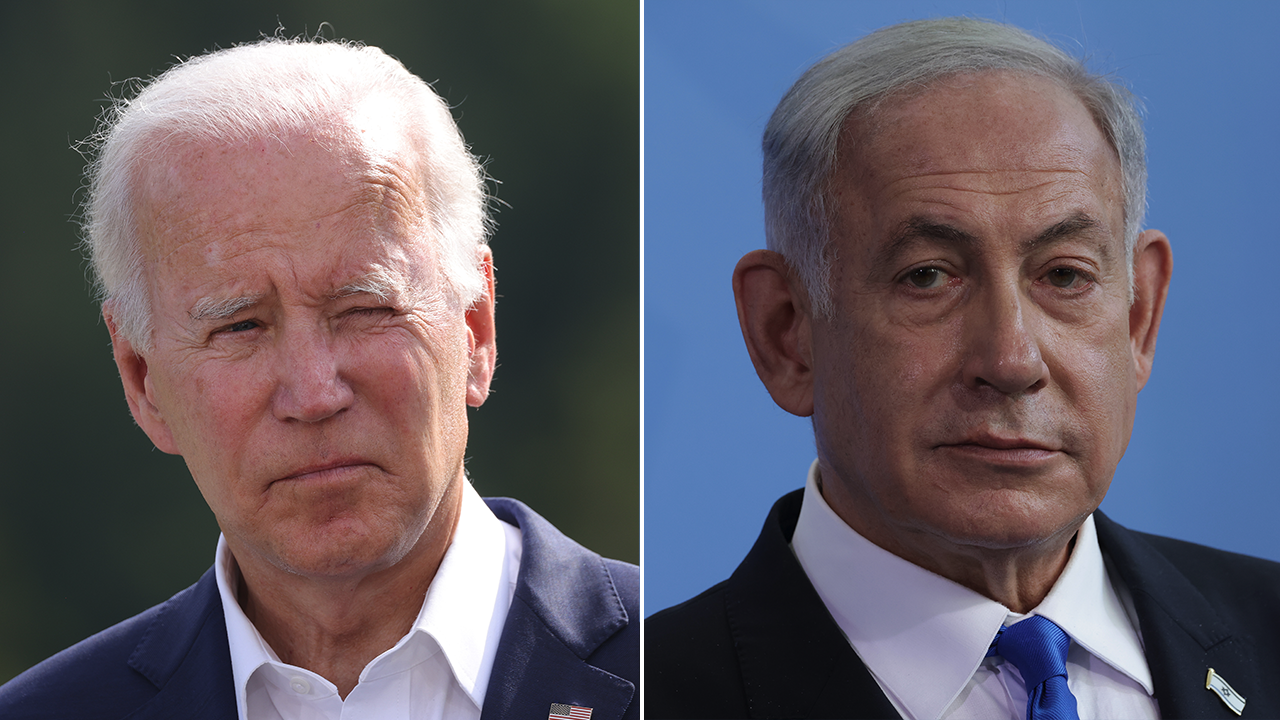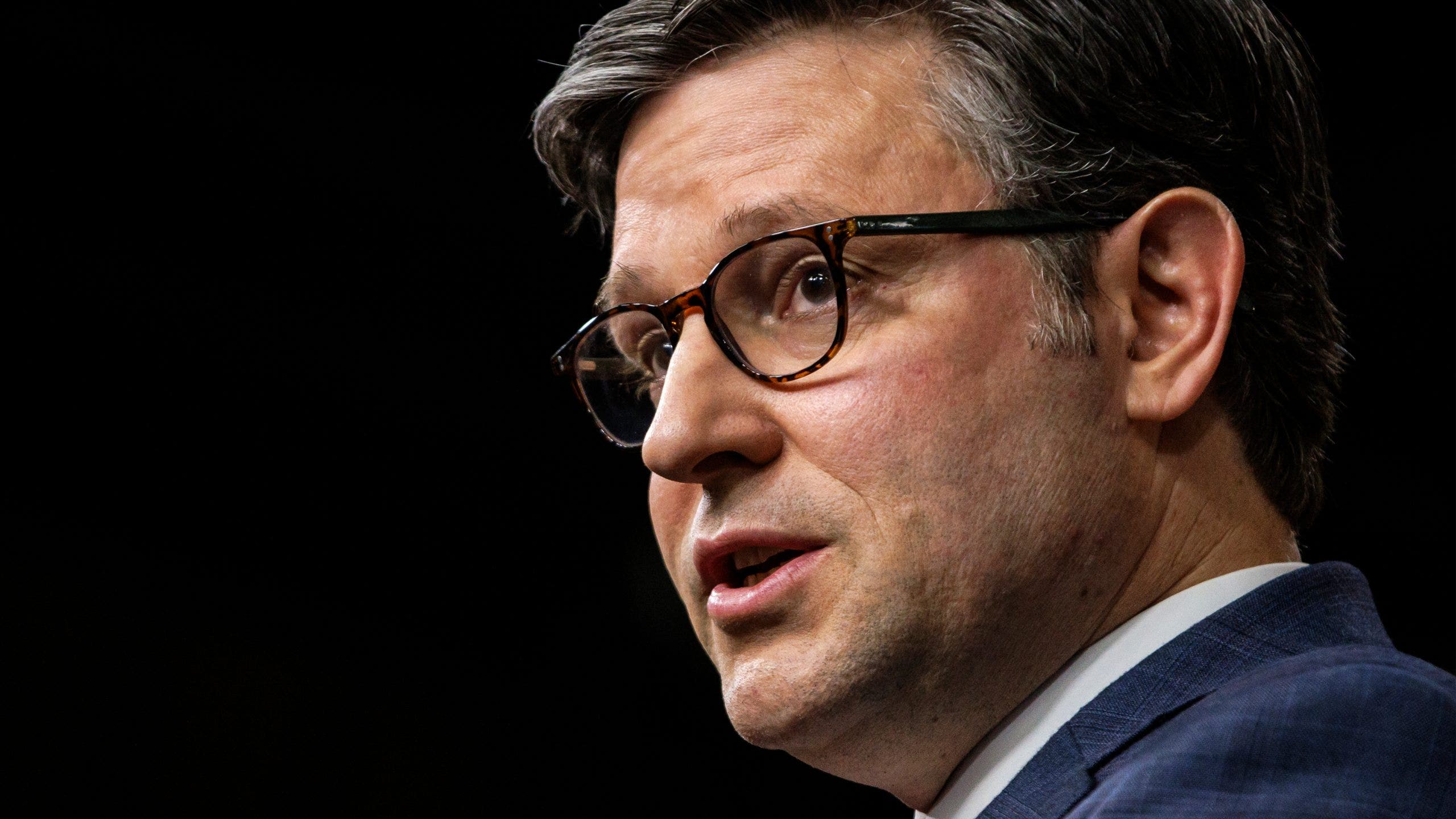Minnesota
Minnesota first state to allow hourly school workers to seek unemployment benefits
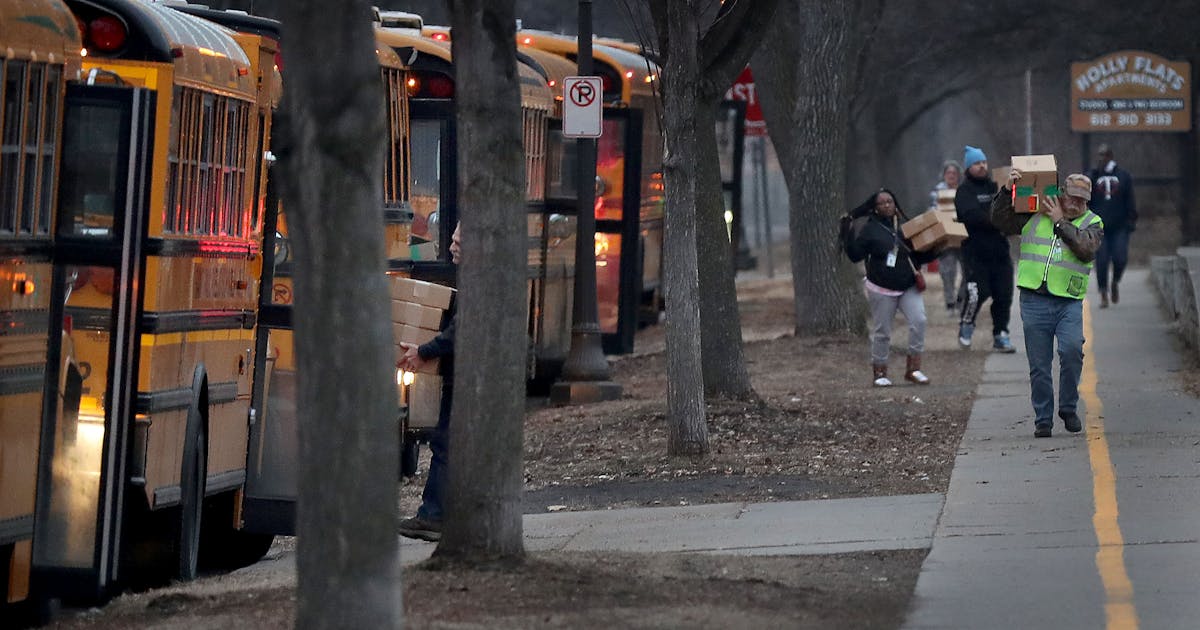
Hourly school workers — from elementary school bus drivers to college food service workers to professionals who assist in classrooms — can now qualify for unemployment insurance between academic terms.
The change to Minnesota law, the first of its kind in the nation, took effect as schools are headed into summer break.
“It took us until 2023 to get the same financial safety net that construction workers and other seasonal workers have had for decades. It’s about time,” said Catina Taylor, who has been a Minneapolis Public Schools education support professional for 24 years.
She was among a group of workers and legislators celebrating the shift at a news conference this week on the University of Minnesota campus. They said the ability to access unemployment insurance will keep more people in critical school jobs amid a worker shortage.
If workers are unemployed or their hours are significantly reduced during the summer, they can receive partial pay through the state’s unemployment insurance program. They must meet the usual benefit eligibility requirements, including actively seeking employment. Those who already have sufficient hours through a second or third job wouldn’t qualify.
The change could affect around 60,000 workers in K-12 schools and 5,000 people at higher education institutions, said bill sponsor Rep. Emma Greenman, DFL-Minneapolis. But how many people apply remains to be seen, she said, and the state will monitor this year’s numbers.
“We are ending an 80-year exclusion of hourly school workers from our unemployment system,” Greenman said. “We are the first state in the nation to do this and we know we will not be the last.”
Illinois temporarily made a similar change during the pandemic, but it ended in 2021.
Hourly school workers have been pushing for access to unemployment insurance for years. Some school administrators and GOP lawmakers have raised concerns, saying it will add costs to already cash-strapped districts.
Lawmakers agreed this session to devote about $135 million over the next two years to help pay for the mandate, but they did not approve funding long-term.
“That was a great decision at the end of the session to provide that protection for school districts’ budgets,” said Northfield Public Schools Superintendent Matthew Hillmann, president of the Minnesota Association of School Administrators. “As we get into this, of course we would hope additional funding would be coming school districts’ way.”
Districts will be watching to see if the change meets legislators’ goals, he said.
Supporters predicted it will reduce pay inequities. Taylor said school support staff like her — who assist teachers, tutor small groups of students, monitor playgrounds and more — are mostly women and predominately people of color.
Many hourly workers find summer jobs in retail, warehouses or food services and don’t return to the classrooms in the fall because their other positions pay better, she said. That leads to more churn in student’s lives and school hiring, Taylor said.

Minnesota
Minnesota House approves bill that attempts to speed up legal cannabis marketplace roll out

The Minnesota House voted Thursday to speed up the process for getting cannabis dispensaries lined up by giving them a route to pre-approval of operating licenses.
On a 69-62 vote, lawmakers voted to allow the office to start issuing license pre-approvals as early as this summer. Supporters say that would allow them to secure funding, rent real estate and take other steps to get up and running. They still wouldn’t be allowed to commercially grow or sell the marijuana itself.
“A number of provisions in this bill are designed to expedite the process of setting up a good legitimate marketplace for cannabis to displace that illicit marketplace that’s out there,” said the bill’s sponsor, Rep. Zack Stephenson, DFL-Coon Rapids.
The proposal would also put the Office of Cannabis Management in charge of enforcement for hemp-derived edible products and medical marijuana. Those responsibilities currently fall to the Department of Health. Many of the recommendations in the bill came from the new agency overseeing the marijuana market.
MPR News is your trusted resource for the news you need. With your support, MPR News brings accessible, courageous journalism and authentic conversation to everyone – free of paywalls and barriers. Your gift makes a difference.
The policy changes come less than a year after lawmakers voted to permit adults 21 and up to possess and use small amounts of cannabis and to grow up to eight plants at home.
While edible hemp-derived THC products — like edibles and seltzers — have been allowed since 2022, the recreational cannabis law didn’t immediately green light the creation of dispensaries for full-fledged marijuana.
A couple of Native American tribes have opened dispensaries on their reservations under sovereign authority — more expect to before long — but other prospective dispensary owners and commercial cultivators have had to wait for the state’s go-ahead to get started.
In less than a year, the state expects a broader array of cannabis stores to be up and running. Before that can happen, growers and distributors will have to get licensed through the state.
The state intends to elevate social equity applicants from minority communities or those that were disproportionately affected by the enforcement of criminal laws around marijuana.
Some Republicans raised concerns about a change to the license eligibility system that would remove a solely merit-based selection process for deciding who gets licensed and introduce a lottery if there are more qualified applicants than available licenses.
“This bill does some good, but it really doesn’t fix much of anything on what’s not going to work in the cannabis bill,” Rep. Nolan West, R-Blaine, said. “It does a triple backflip handstand to try and shoehorn ideological positions that are not about a safe and functioning marketplace.”
West sought to change the requirements around the lottery system to receive a license back to the merit-based system.
Stephenson and other lawmakers said the system under the existing law would include a lottery. But the change would alter the process to get entered into the pre-application lottery.
“The difference here between current law and the bill is moving from a more subjective scoring system under current law, to a more objective sort of binary yes-no choice under this bill,” Stephenson said. “And that’s designed to make things smoother, clearer, less subject to litigation and have it happen faster.”
In other states, selection systems based solely on merit have attracted lawsuits that hampered license issuance.
But a group of cannabis entrepreneurs predicted the change would backfire. More than two dozen wrote to lawmakers this week, asking them to oppose the change. They contend that ill-prepared businesses could slip through.
“The simplicity of the lottery system allows for exploitation through application flooding, submission of spurious applications, and the manipulation of social equity measures by predatory entities,” they wrote. “Such practices undermine genuine competition and social justice efforts.”
The chamber adopted GOP amendments that would require the office to study the impact of cannabis on minors, set an 18-month window for a licensed dispensary owner to use or lose their license and set other benchmarks for getting the market going.
The Senate plans to vote soon on a companion bill, setting up potential negotiations on a compromise plan in the final month of session. Stephenson said he would be open to changes to the lottery system as part of the conference committee debate.
Minnesota
Minnesota Gains 11,000 Jobs and 3,000 Workers in March

ST. PAUL — Minnesota posted strong job and labor force growth in March, according to information released today by the Minnesota Department of Employment and Economic Development.
The state gained an estimated 11,000 jobs in the last month on a seasonally adjusted basis, up 0.4%, with the private sector up roughly 8,000 jobs, up 0.3%. Minnesota’s labor force increased by an estimated 3,000 people over the month, bumping the labor force participation rate up one-tenth of a percent to 68.0%. The unemployment rate remained steady at 2.7%.
“March was a great month all around for Minnesota employers and workers,” said DEED Commissioner Matt Varilek. “Our strong job and labor force growth shows that Minnesota’s economy continues to provide great opportunities for Minnesota residents as well as those who would like to call Minnesota home.”
Five supersectors in Minnesota gained jobs on a seasonally adjusted basis since the prior month, including, most notably, Leisure & Hospitality up 5,000 jobs, Government up 3,000 jobs, Education & Health Services up 2,800 jobs and Construction up 2,700 jobs. Six supersectors stayed steady or lost jobs but the losses were small in comparison to the large gains in other sectors.
“Key labor market indicators are trending positive,” said DEED’s Labor Market Information Director Angelina Nguyễn. “In short, more people are employed, and wage growth is outpacing inflation.”
Over the year, Minnesota gained 47,508 jobs, up 1.6%, with the private sector up 23,161 jobs or 0.9%.
In Minnesota six supersectors posted annual growth, including Education & Health Services up 24,552 jobs, Government up 24,347 jobs, Leisure & Hospitality up 10,990 jobs and Trade, Transportation & Utilities up 8,153 jobs. Five supersectors lost jobs over the year in Minnesota including Professional & Business Services, down 13,900 jobs, Financial Activities down 5,579 jobs and Manufacturing down 3,195 jobs.
Over the year, U.S. employment grew 1.9% with the private sector up 1.7%. Over the month, U.S. employment increased by 0.2%, with the U.S. private sector also up 0.2%. Over the month, the national unemployment rate ticked down one-tenth of a percentage point to 3.8% and the labor force participation rate increased two-tenths of a percentage point to 62.7%.
Regionally, job growth in the Rochester Metropolitan Statistical Area (MSA) continued its strong streak, with over the year growth of 3,984 jobs or 3.3%. The Minneapolis-St. Paul MSA had the biggest job growth by numbers, up 22,337 jobs or 1.2% over the year.
DEED is the state’s principal economic development agency, promoting business recruitment, expansion and retention, workforce development, international trade and community development. Visit the DEED website to view
state and national employment statistics
,
monthly jobs numbers
and data. Find
alternative measures of unemployment
on the DEED website. In addition, see related articles about job growth and labor market changes in the
latest issue of Minnesota Employment Trends
.
Minnesota
First Lady to travel to Minnesota Friday

BLOOMINGTON, Minn. (KTTC) –The First Lady Jill Biden will be traveling to Minnesota.
Friday evening, she will arrive at the Minneapolis-Saint Paul Airport.
She will be delivering remarks at the Education Minnesota Convention in Bloomington, Minnesota at 7:30 p.m.
She is also traveling to Colorado and Tennessee for other events.
Find stories like this and more, in our apps.
Copyright 2024 KTTC. All rights reserved.
-

 News1 week ago
News1 week agoVideo: Election Officials Continue To Face Violent Threats
-

 World1 week ago
World1 week agoHope and anger in Gaza as talks to stop Israel’s war reconvene
-
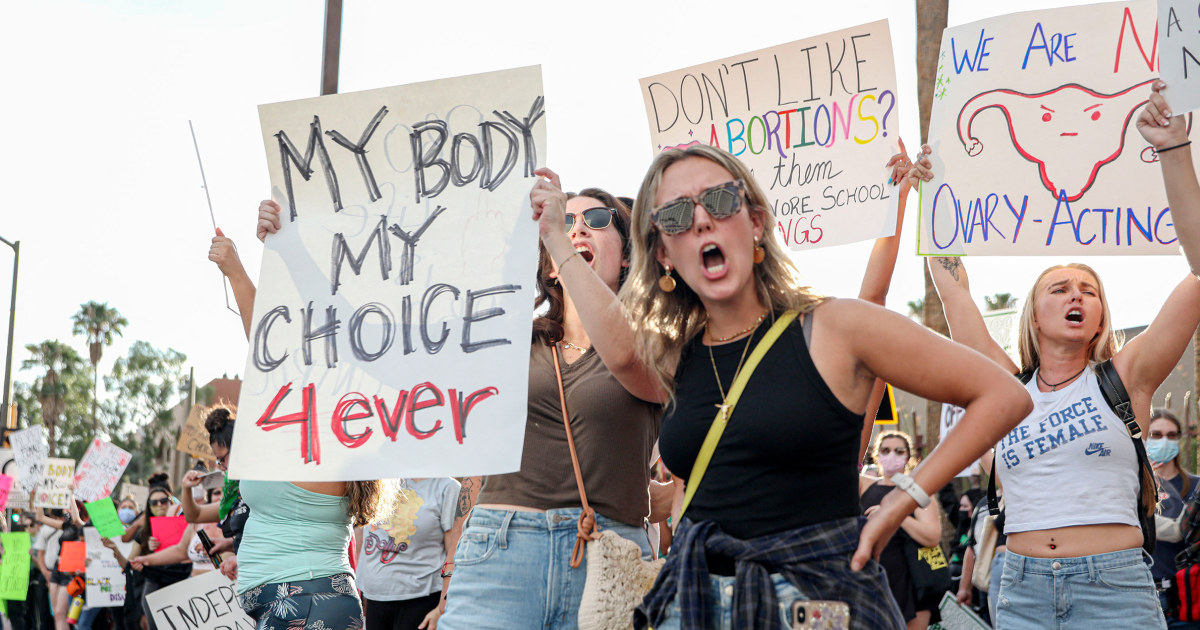
 News1 week ago
News1 week agoArizona Supreme Court rules that a near-total abortion ban from 1864 is enforceable
-

 Midwest1 week ago
Midwest1 week agoFormer Chicago Mayor Lori Lightfoot hired to investigate so-called 'worst mayor in America' at $400 an hour
-
/cdn.vox-cdn.com/uploads/chorus_asset/file/25382021/V4_Pro_Beta_PressKit_LaunchImage.jpg)
/cdn.vox-cdn.com/uploads/chorus_asset/file/25382021/V4_Pro_Beta_PressKit_LaunchImage.jpg) Technology1 week ago
Technology1 week agoAdobe overhauls Frame.io to make it a little more Trello-like
-
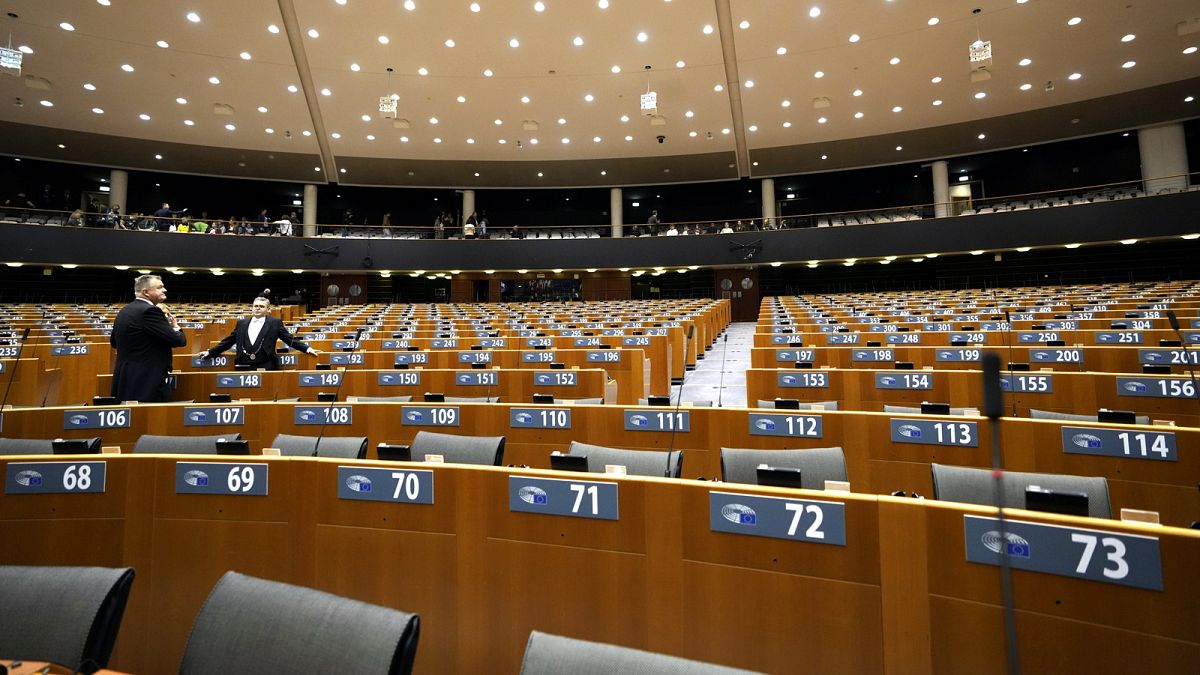
 World1 week ago
World1 week agoEU migration reform faces tight vote as party divisions deepen
-

 Movie Reviews1 week ago
Movie Reviews1 week agoCivil War Movie Review: Alex Garland Offers ‘Dystopian’ Future
-
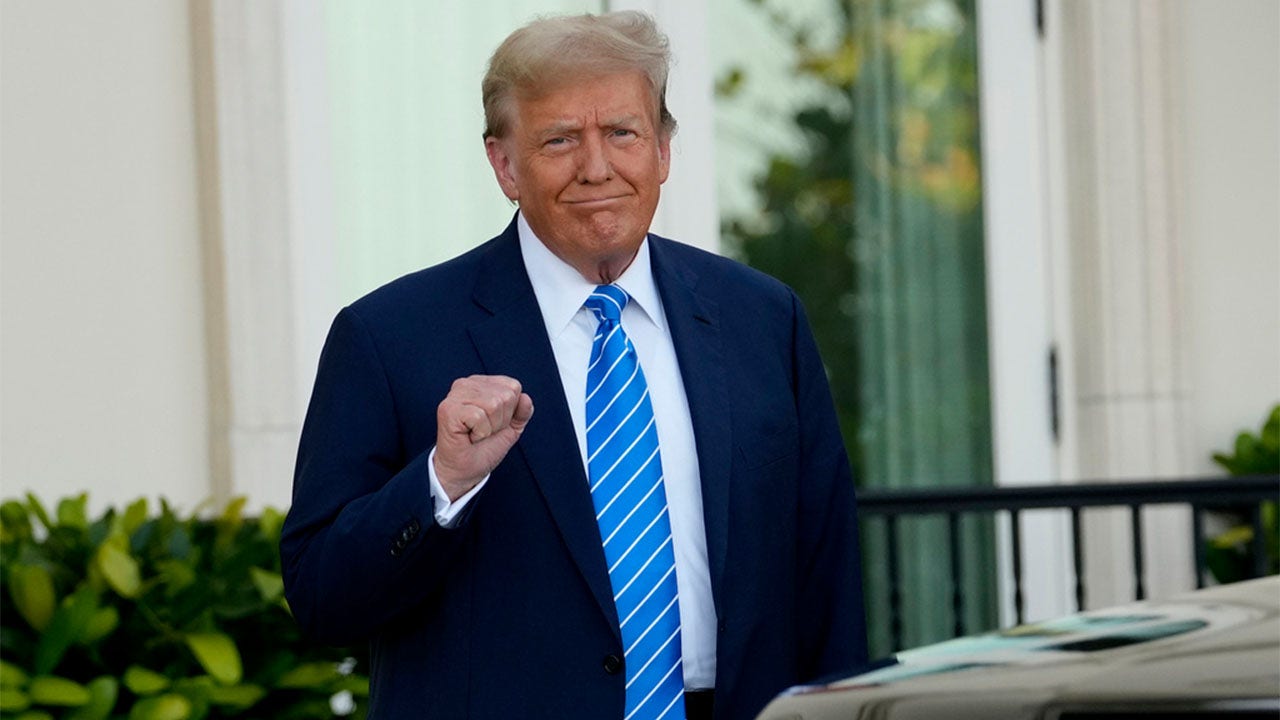
 Politics1 week ago
Politics1 week agoBillionaire who helped Trump with $175M bond says he 'probably didn't charge enough'

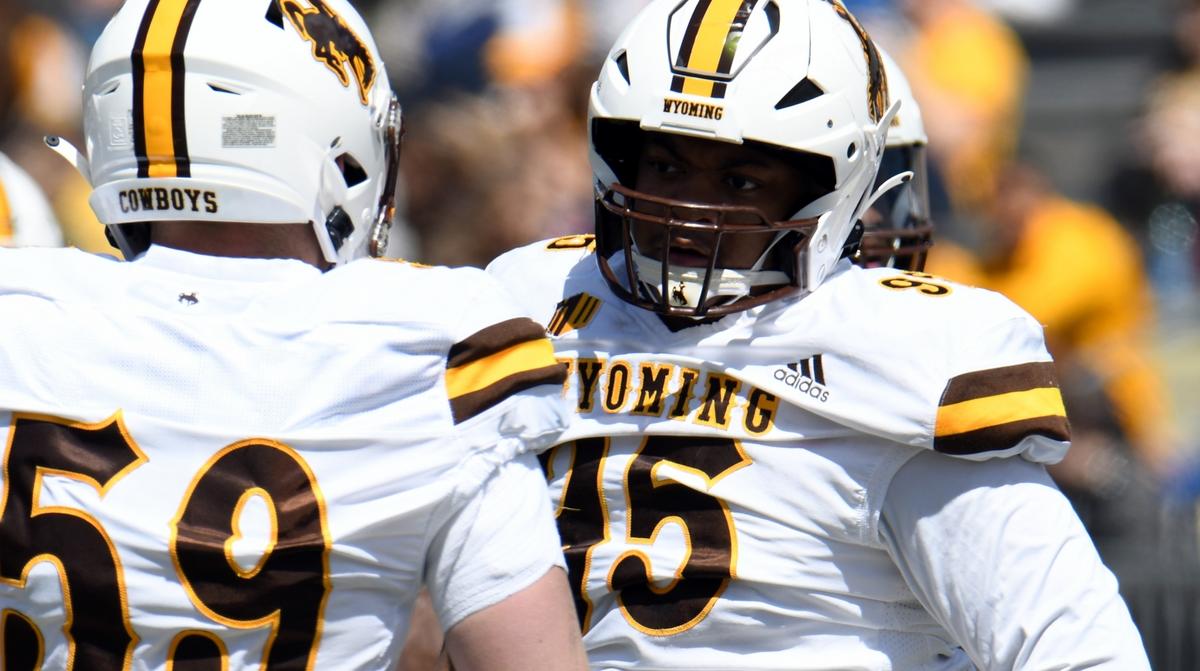


)





